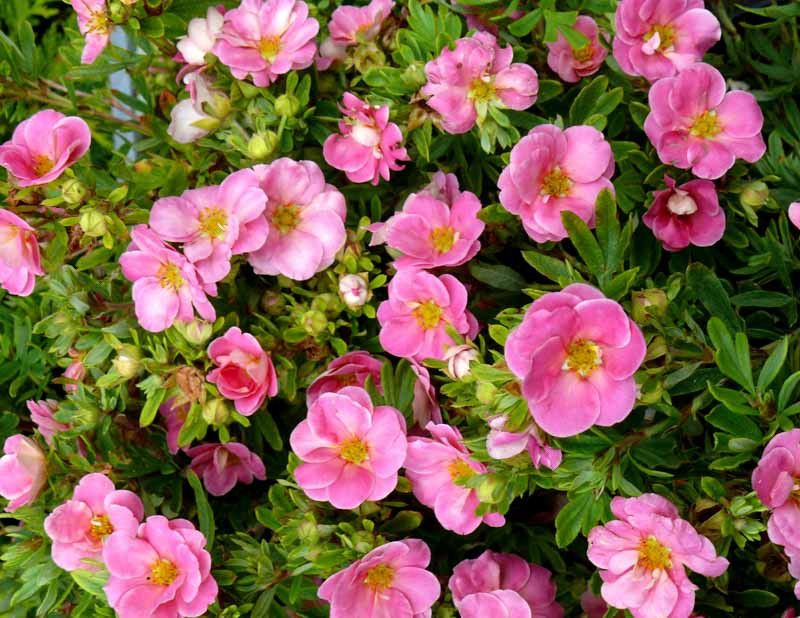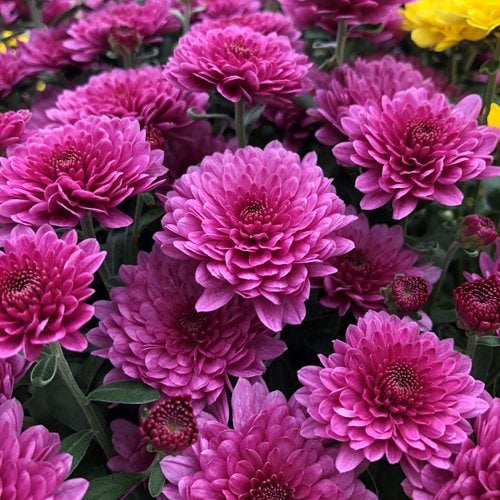Hardiness zones are a way to help gardeners and plant enthusiasts understand which plants are most likely to thrive in their specific climate. These zones are determined by the average minimum winter temperature of a region. The United States, for example, is divided into different zones, each with a specific range of temperatures.
Plants are given a “hardiness rating” based on the lowest temperature they can withstand. This helps people choose plants that are well-suited to their local climate, increasing the chances of success in their gardens. So, if you know your hardiness zone, you’ll have a better idea of which plants can survive the winter in your area and which might struggle. It’s a helpful tool to make gardening decisions that align with the conditions of your location
The hardiness zone map
The United States Department of Agriculture (USDA) developed the most widely used hardiness zone map, which divides the country into different zones based on the average annual minimum temperature. Each zone is typically separated by a difference of 10°F (5.6°C), ranging from zone 1 (coldest) to zone 13 (warmest). The higher the zone number, the milder the winters and the more diverse plant options are available for gardening in that area. Keep in mind that other countries may have their own hardiness zone maps tailored to their respective climates.
Supporting Subheading
What are the hardiness zones in North American?
Zone is Determined by lowest annual minimum Temperature
- Zone 1: -60°F to -50°F (-51.1°C to -45.6°C)
- Zone 2: -50°F to -40°F (-45.6°C to -40°C)
- Zone 3: -40°F to -30°F (-40°C to -34.4°C) Saskatoon (3b)
- Zone 4: -30°F to -20°F (-34.4°C to -28.9°C) Calgary (4a)
- Zone 5: -20°F to -10°F (-28.9°C to -23.3°C)
- Zone 6: -10°F to 0°F (-23.3°C to -17.8°C) Toronto
- Zone 7: 0°F to 10°F (-17.8°C to -12.2°C)
- Zone 8: 10°F to 20°F (-12.2°C to -6.7°C) Vancouver (8b)
- Zone 9: 20°F to 30°F (-6.7°C to -1.1°C)
- Zone 10: 30°F to 40°F (-1.1°C to 4.4°C)
- Zone 11: 40°F to 50°F (4.4°C to 10°C)
- Zone 12: 50°F to 60°F (10°C to 15.6°C)
- Zone 13: 60°F (above 15.6°C)
These hardiness zones are essential for gardeners and growers to select appropriate plant species that can withstand the local climate conditions. Please note that it’s always a good idea to check for any updates or changes to the hardiness zone map as it might get revised over time due to shifts in climate patterns.
How do hardiness zones affect what you can plant?
Hardiness zones play a crucial role in determining what plants can thrive in a particular region. They provide valuable information about the average annual minimum temperatures of an area, which directly impacts the ability of plants to survive and grow in that environment. Here’s how hardiness zones affect what you can plant:
Plant Suitability:
Each plant species has a specific temperature range within which it can grow and survive. Hardiness zones help you identify which plants are best suited for your location. Plants recommended for a particular zone are more likely to endure the typical winter cold and successfully establish themselves in the local climate.
Frost Tolerance:
Hardiness zones are a good indicator of the risk of frost in a region. Frost can severely damage or kill sensitive plants. By choosing plants that can tolerate the expected cold temperatures of your zone, you reduce the risk of losing your garden to frost damage.
Plant Selection:
Gardeners and landscapers use hardiness zones to narrow down their choices when selecting plants. Plants rated for a lower zone number are hardier and can withstand colder temperatures, while those rated for higher zones are more suited to milder climates.
Timing of Planting:
Knowing your hardiness zone helps determine the best time to plant specific crops or flowers. It guides you on when to start planting in the spring and when to prepare for frost protection in the fall.
Microclimates:
While hardiness zones offer a general guideline, they don’t account for all local variations. Microclimates, caused by factors like proximity to bodies of water or urban heat islands, can create slightly different growing conditions. Gardeners may leverage this knowledge to grow some plants that would not typically thrive in their zone.
Climate Change:
With changing climate patterns, hardiness zones may shift over time. As temperatures rise or fall in certain regions, the zones can move, affecting the types of plants that can be cultivated successfully in those areas.
Overall, hardiness zones serve as a valuable tool for gardeners and farmers, assisting them in making informed decisions about plant selection and gardening practices based on the local climate conditions.
What are some interesting plants that can survive in all hardiness zones in Canada?
While it’s challenging to find plants that can survive in all hardiness zones in Canada due to the vast climatic variations across the country, some plant species have wide adaptability and can thrive in a range of zones. Here are a few interesting plants that are known for their resilience and can tolerate a wide range of conditions:

Potentilla
Group of shrubs and perennials with small, attractive flowers

Chrysanthemums
Commonly known as mums, are fall-blooming perennials

Sedums
Group of succulent plants that are highly adaptable and can tolerate both cold and hot climates

Siberian Iris
A hardy perennial known for its elegant flowers and grass-like foliage
Remember that while these plants have a wide range of adaptability, local factors like soil type, sunlight exposure, and moisture levels can still influence their growth and performance. It’s essential to consider your specific location’s conditions and choose varieties of these plants that are best suited to your particular hardiness zone in Canada.
To find your Plant Hardiness zone you can check out this link: Canadian Plant Hardiness Zone

Leave a Reply